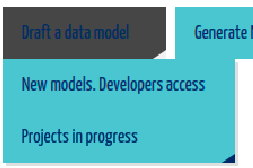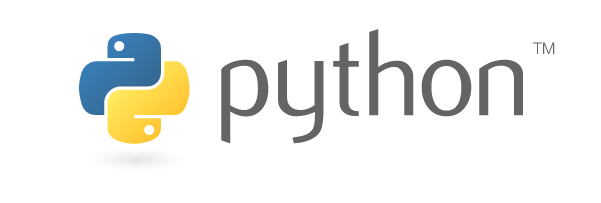Presentation of the 5-7-21 in the open session. Next session on the 12th of July 14:00h CEST.
OPEN-SESSION-SMART-DATA-MODELS(3)
- 4 new data models. AgentDCAT-AP, Dataset, TechnicalCabinetDevice, and ItemFlowObserved.
- Release of software for the creation of key values examples.
You can join the event directly here http://bit.ly/smartdatamodels
If you want to have it on your agenda click here.
If you want to present something these are the slides with several free slots to be filled by the people attending.







